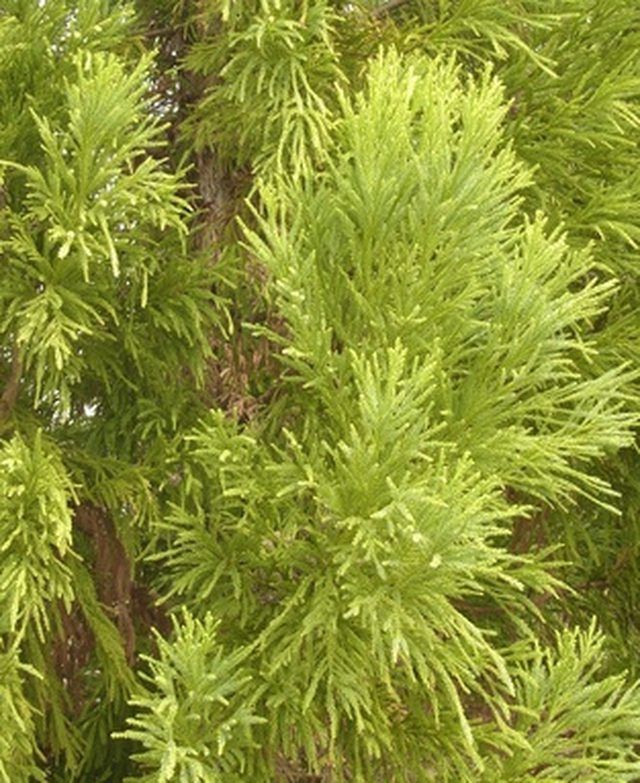Bulbs
Flower Basics
Flower Beds & Specialty Gardens
Flower Garden
Garden Furniture
Garden Gnomes
Garden Seeds
Garden Sheds
Garden Statues
Garden Tools & Supplies
Gardening Basics
Green & Organic
Groundcovers & Vines
Growing Annuals
Growing Basil
Growing Beans
Growing Berries
Growing Blueberries
Growing Cactus
Growing Corn
Growing Cotton
Growing Edibles
Growing Flowers
Growing Garlic
Growing Grapes
Growing Grass
Growing Herbs
Growing Jasmine
Growing Mint
Growing Mushrooms
Orchids
Growing Peanuts
Growing Perennials
Growing Plants
Growing Rosemary
Growing Roses
Growing Strawberries
Growing Sunflowers
Growing Thyme
Growing Tomatoes
Growing Tulips
Growing Vegetables
Herb Basics
Herb Garden
Indoor Growing
Landscaping Basics
Landscaping Patios
Landscaping Plants
Landscaping Shrubs
Landscaping Trees
Landscaping Walks & Pathways
Lawn Basics
Lawn Maintenance
Lawn Mowers
Lawn Ornaments
Lawn Planting
Lawn Tools
Outdoor Growing
Overall Landscape Planning
Pests, Weeds & Problems
Plant Basics
Rock Garden
Rose Garden
Shrubs
Soil
Specialty Gardens
Trees
Vegetable Garden
Yard Maintenance
Evergreens & Wet Areas
Evergreens & Wet Areas. Boggy, wet or poorly drained areas are some of the most difficult areas for the home gardener to properly landscape. Wet soil can cause root decay, disease and other problems for trees and plants in the area. Some may think trees with large, expansive root systems may thrive in wet areas. Some types of evergreens do well in...

Boggy, wet or poorly drained areas are some of the most difficult areas for the home gardener to properly landscape. Wet soil can cause root decay, disease and other problems for trees and plants in the area. Some may think trees with large, expansive root systems may thrive in wet areas. Some types of evergreens do well in wet soil, but proper drainage techniques might be necessary to help other species survive.
Wet Soil
According to the Weekend Gardener website, a wet area is defined as an area where there is standing water. In wet areas, drainage is poor and generally occurs at a rate less than one inch per hour. Wet areas may also be subject to large amounts of run-off from higher elevations, causing water to collect at a rate the soil is unable to handle.
Effects on Evergreens
Wet areas are difficult to landscape because even the hardiest of plants suffer. As the water content in an area rises and does not properly drain, the oxygen levels in the soil plummet. According to the University of Minnesota, evergreen trees are some of the hardiest plants available and generally survive when other plants suffer. However, wet soil can be detrimental to the evergreens. Signs of suffering trees include smaller needles, decreased growth and even death.
Drainage Practices
Cope with wet areas by increasing drainage. Some recommended ideas are installing drain tiles or pipes, according to the Weekend Gardener. This helps draw water away from the trees and improve the chances that they properly survive.
Gypsite
Gypsite is a product that may also help improve the drainage in wet areas. Gypsite helps open up the pores of the soil and drain water away almost instantly, according to the Weekend Gardener. After applying gypsite, allow the area to dry and test the soil. Clay soil generally accompanies wet areas and is poor soil for properly growing evergreens. Add organic mulch or compost to help improve soil conditions.
Evergreens for Wet Areas
Even with new drainage techniques, some areas will still be wet. The University of Minnesota and the Weekend Gardener recommend several types of evergreens that are more tolerant of wet soil than most varieties. They also feature root structures that consume large amounts of water, helping trees grow and drain soil. In wet areas, consider planting American holly, Southern magnolias, American arborvitae, balsam firs, black spruce or Austrian pine.